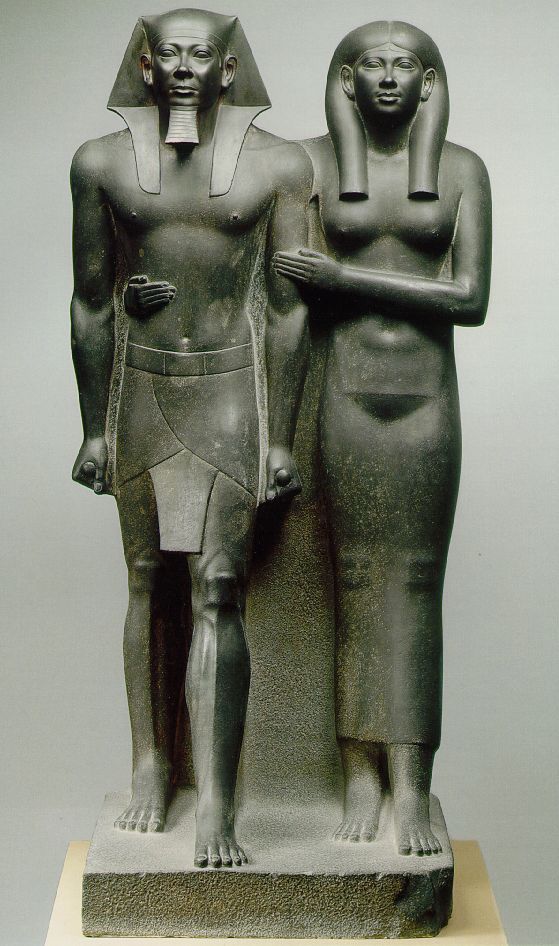Does Art Imitate Life Or Does Life Imitate Art?
There was a recent article in the paper that Michelangelo's David statue is suffering wear and tear in his ankles and that his base is weakening out. (He has a classic asymmetrical stance, leaning all of his weight onto one foot.) I started looking at statues and art to see how humans stand, and more importantly, how they are portrayed in both Eastern and Western culture.
Looking at movement portrayals has definitely made me wonder if humans have always stood asymmetrically (see violin stance!) or if it's more of a Western Art Trend. Here's what I've learned.
Contrapposto is:
(That's basically how David is standing).
Interesting-so capturing the slouch was actually a huge artistic achievement. Too bad it still exists! Let's look at some sculptures to see how this holds up.
Fascinating, right? If movement professionals want to help people move, stand, and sit with better alignment, we're working against thousands of years of ingrained visual patterning, it seems. Strangely, Eastern Sculpture, especially of deities, doesn't feature the S curve or contropposto posture as often. Both the contrapposto and the a curve were an innovation of classical Greek sculpture (revisited in the Renaissance), which means that many cultures perceived the human form differently before and after that time. If you start to look at photography, magazines, mannequins, and pretty much all depictions of the human form, they are often in one of these two positions. Rarely is the human form shown in neutral! No wonder this is such a hard concept to grasp in our bodies and with our students.


















